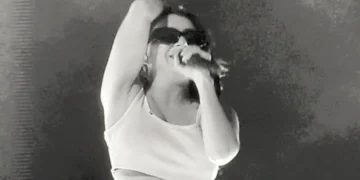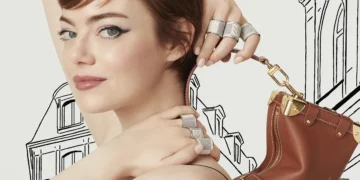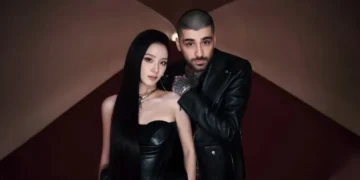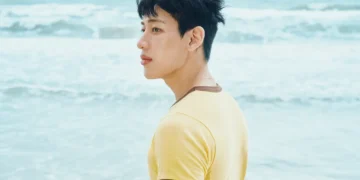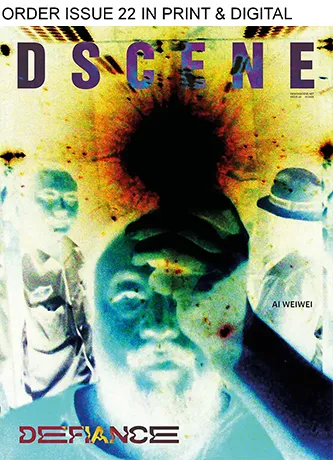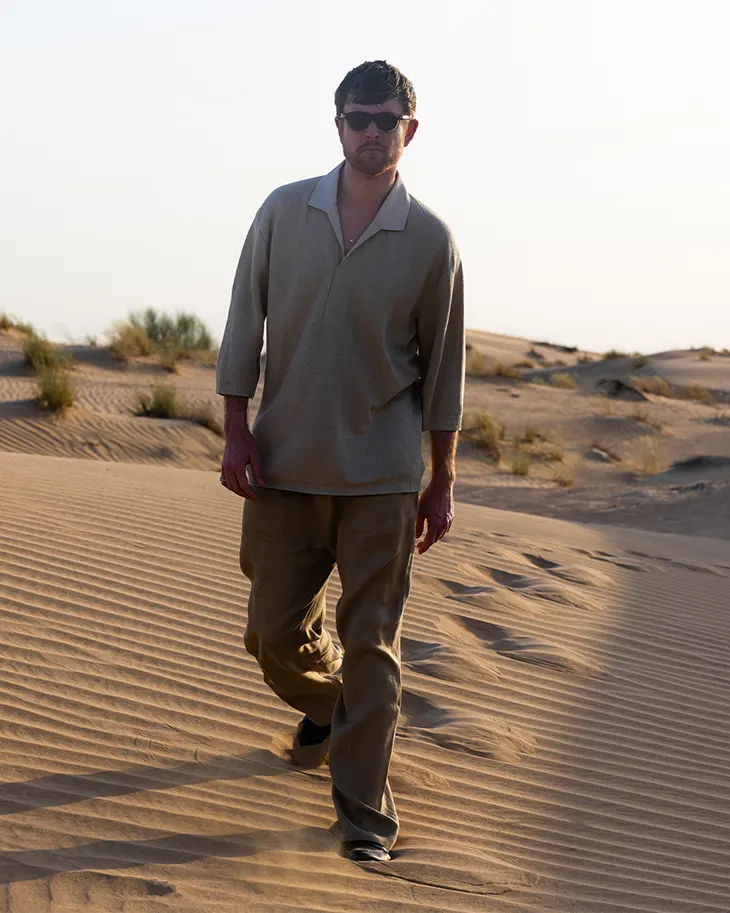
ZEGNA teams up with James Blake for Spring Summer 2026, inviting the British musician to serve as both music advisor and subject of a new short film directed by Boramy Viguier. Shot in Dubai, the film follows Blake through a full day of preparation ahead of ZEGNA’s show at the Dubai Opera, offering a personal and atmospheric perspective on performance, inspiration, and place.
From the opening moments at dawn, the camera tracks Blake as he moves through a desert city that constantly shifts between extremes, sand dunes stretch into the distance while futuristic skyscrapers pierce the morning light. The pace is calm, yet charged. Blake remains central, whether walking through open expanses or navigating the architecture of Dubai’s built environment.
As the day progresses, so does the narrative of the film. Shots of the city transition into quiet scenes of rehearsal. The camera settles on Blake at the piano inside the empty Dubai Opera. He plays alone. His voice rises and echoes through the space, filling it before any guests arrive. This rehearsal becomes a kind of meditation, music as a grounding force before the storm of an event.
View this post on Instagram
“Creativity is often just about dreaming up future scenarios,” Blake says. “But that can take you away from the moment. The antidote to that is performing – it’s when I am most present.” His words set the tone for the entire piece. This is not a film about fashion logistics or backstage chaos. It’s about stillness before sound, imagination before execution, and how live music can anchor an otherwise fleeting experience.
In the afternoon, Blake steps into the desert. The setting changes, but the sense of reflection deepens. There, away from the city’s rhythm, he begins to speak about the ideas that fuel both his music and ZEGNA’s collection. The desert acts less as a symbol and more as a space for pause, where thoughts stretch out without distraction.
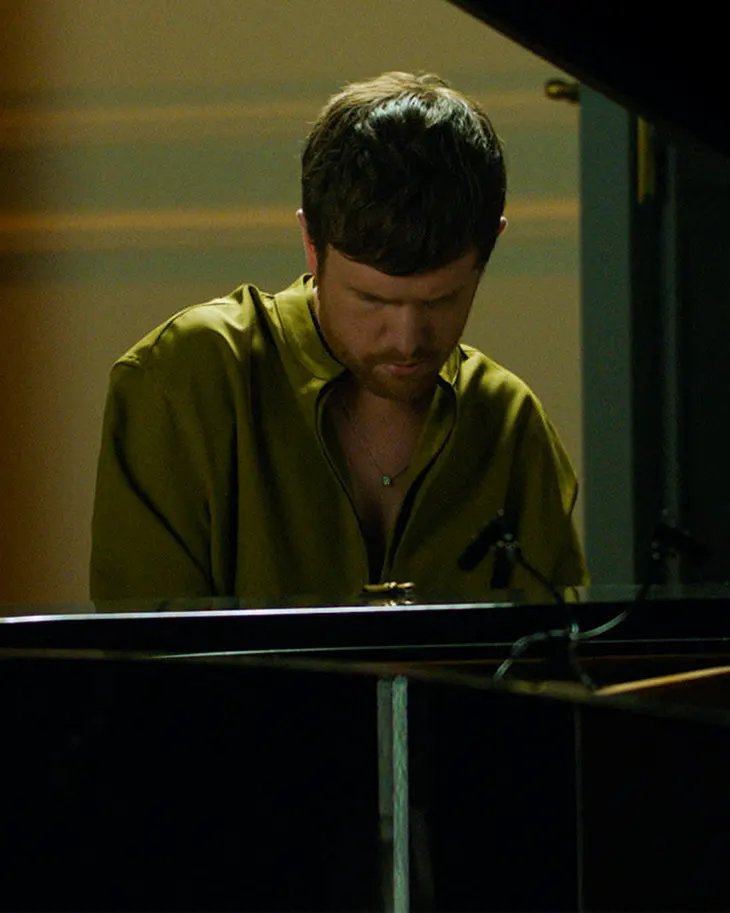
During this solitary moment, Blake touches on what it means to work freely. “If you’re empowered and liberated, then that’s how you feel when you make music,” he says. “That’s what it does to your creative process, too.” He describes a creative method based not on outside pressure but internal clarity, something that echoes the ethos of ZEGNA’s Spring Summer 2026 collection.
The film occasionally gestures toward the legacy of Ermenegildo Zegna and the idea of Oasi Zegna, not just as a location but as a wider project of purpose. Through Blake, this vision gains new dimension. He becomes a bridge between music and design, showing how both can grow when space and freedom are prioritized.
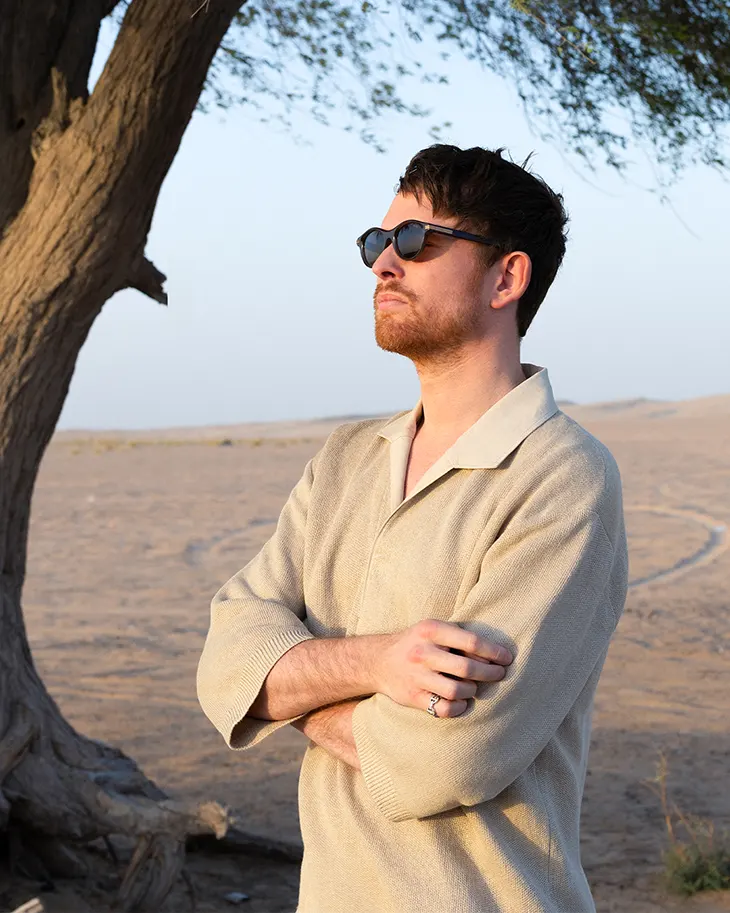
James Blake, as always, resists easy categorization. He produces, performs, writes, and collaborates, but here, in his role as both artist and observer, he also becomes a kind of narrator. His voice, both spoken and sung, guides the viewer through a film that chooses atmosphere over plot, and reflection over spectacle.
ZEGNA’s choice to focus on a single figure moving through a place speaks to the brand’s interest in creating fashion experiences rooted in presence. The collaboration doesn’t promote a new item or product directly. It offers a feeling, one that builds slowly, through still images, quiet music, and a voice that never forces itself into the foreground.














